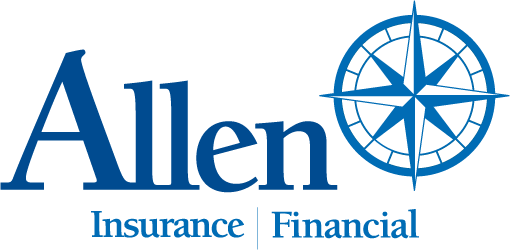Gene McKeever and Chris Richmond, marine insurance specialists from Allen Insurance and Financial recently attended the 42nd annual Tall Ships America Annual Conference, where they each led a well-attended presentation on insurance and safety.
Richmond’s talk, “The Ethics of Marine Surveying,” allowed him to draw on both his experience as a former tall ship captain and now as a commercial marine insurance specialist. Richmond joined Allen Insurance and Financial in 2011 after 20 years in the marine industry.
Richmond discussed:
- The difference between buyers’ surveys, insurance surveys, and material condition surveys in terms of


Chris Richmond
expectations, strengths, and potential pitfalls. - Finding the right surveyor for the kind of survey needed.
- What a sail training board of directors should do to ensure they are getting the truth about the material condition of their ship, including any bad and expensive news.
- Who has the legal and ethical burden for getting the right survey for the right purpose.
- The responsibility to act on survey findings.
In a discussion session entitled, “Don’t Cast Off Without It,” McKeever discussed the Jones Act, providing important information about the intricacies of marine insurance for vessels, their owners and the people who work with them.
McKeever presented:
- The history of the Jones Act and related laws.
- The types of coverage available to those who work aboard tall ships.
- The actions and activities triggering that coverage.
- The cost of coverage and how it is determined.
Allen Insurance and Financial has worked with Tall Ships America as their exclusive endorsed agency world wide since 2007 to provide a comprehensive vessel insurance program for association members, who include many of the nation’s most historic tall ships.
Both presentations were designed to help ship owners learn about the proactive steps they can take to help maintain a viable insurance position while working with their insurance agent, said Richmond.
Participants at the 42nd Annual Conference on Sail Training and Tall Ships, held Feb. 4 through 6 in Philadelphia, discussed maritime issues, learned about new regulations in the industry, networked with tall ship masters from around the country and abroad left feeling inspired, motivated and eager to implement all they learned within their own organizations.
The conference ended with the Gala Sail Training Awards Dinner, sponsored by Allen Insurance and Financial, and the presentation of the 2014 Sail Training Awards which honor a select group of sail trainers and supporters who have been recognized by their peers and fellow tall ship masters for their outstanding contributions to the world of sail training.
Founded In 1973, Tall Ships America serves as the hub for tall ships activity, expertise, and information in North America, and is commended by Congress as the Sail Training Organization representing the United States in the international forum. In addition to organizing the TALL SHIPS CHALLENGE® series, Tall Ships America supports the people, ships and programs of sail training through grants, scholarships, conferences, education, publications, public events and advocacy. The mission of Tall Ships America is to encourage character building through experiential sailing, promote sail training to the North American public, and support education under sail. Online: sailtraining.org


